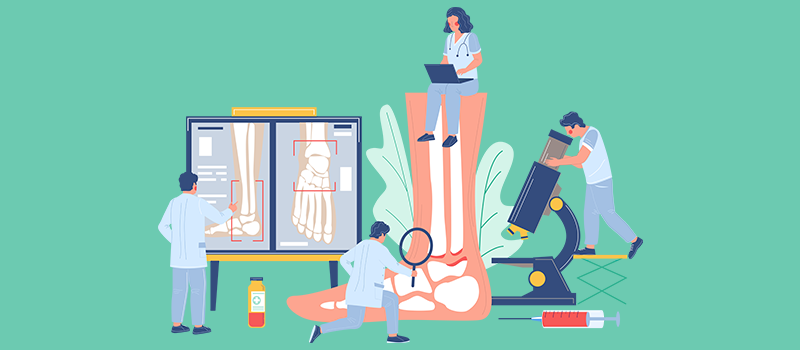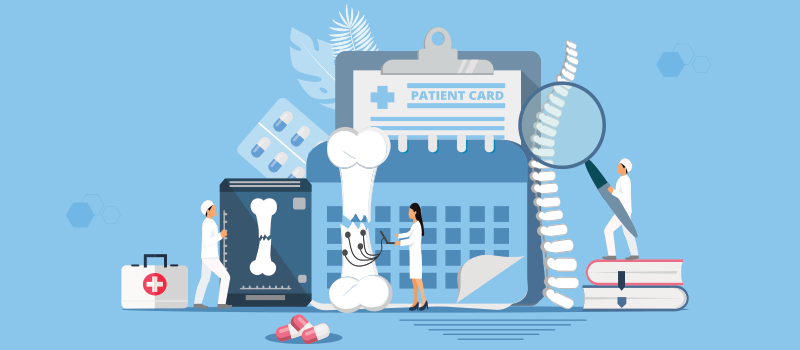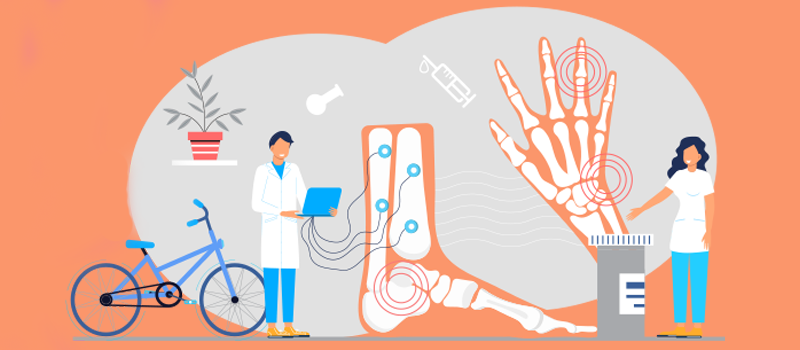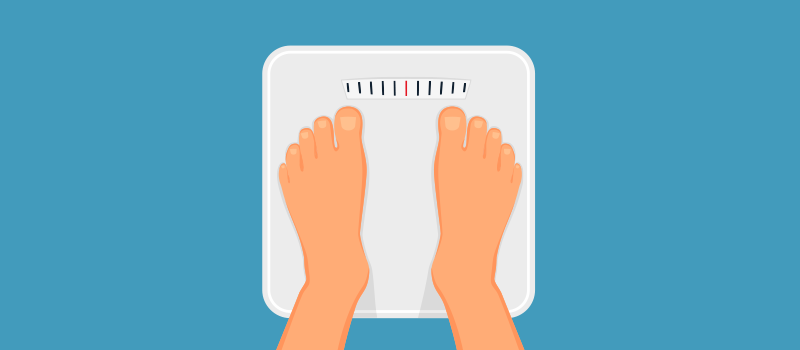What’s the Buzz
The Bee Healthy Blog
How is Rheumatoid Arthritis Diagnosed?

Over 54.4 million U.S adults are diagnosed with some form of arthritis[1], and over 1.3 million of them are currently diagnosed with rheumatoid arthritis (RA)[2]. Although RA is generally formed between the ages of thirty and sixty, rheumatoid arthritis can target any age, including young children[1]. This condition can cause severe complications such as increased risk of heart attack and stroke. There’s no cure for RA, so it’s crucial to know if you’re at risk. Here’s everything you should know about the autoimmune disease.
What is Rheumatoid Arthritis?
Rheumatoid arthritis (RA) is an autoimmune and inflammatory disease—meaning the body’s immune system mistakes healthy cells within the body for bacteria or viruses. The immune system will produce antibodies to fight off the mistaken virus. RA mainly attacks the synovial tissues within the joints, such as knees and knuckles[2].
RA is also a systemic disease, meaning it can affect the entire body. It can attack major organs such as the heart, lungs, or other tissues such as muscles, cartilage, and ligaments. In some cases, RA can cause severe swelling and pain that may lead to permanent disability[1].
Signs and Symptoms
The first symptoms of RA are typically flare-ups of joint stiffness and swelling. There are also times when symptoms can get better—other signs and symptoms include:
- Fatigue or tiredness
- Low-grade fevers
- Pain and stiffness for longer than 30 minutes in the morning or after sitting
- Anemia
- Weight loss
- Fever
- Weakness
- Rheumatoid nodules, or firm lumps, beneath the skin, primarily in the hands, elbows, or ankles
What Are Some Complications of Having RA?
Aside from damage to the joints, RA can also affect the heart, lungs, vascular system, eyes, skin, and blood. RA increases the risk of heart attack or stroke because it can attack the lining of the heart, making the risk of heart attack 60% higher one year after being diagnosed with RA than it is without the disease[2]. According to the CDC, people with RA are twice as likely to suffer from depression, which may be attributed to decreased mobility and pain[1].
Drugs for RA Treatment
Arthritis medications are essential in treating RA before it progresses, and starting treatment as soon as you’re diagnosed is the most effective. These are the main drugs used for treatment[3]:
- Disease-modifying anti-rheumatic drugs (DMARDs) such as, Arava® and, Plaquenil®.
- Biologic response modifiers (a type of DMARD) such as Orencia®, Humira®, and Kineret®.
- Glucocorticoids (steroids) such as Celestone® and Medrol®
- Nonsteroidal anti-inflammatory medications (NSAIDs) such as Celebrex®, Voltaren®, and Motrin®
- Painkillers such as Tylenol®, Roxicodone®, and Ultram®
Improving Life With RA
Although there is no cure for rheumatoid arthritis, there are life changes one can make to help improve life quality of life. These include exercise, avoiding smoking (cigarette smoking makes the disease worse), joining support groups, and maintaining a healthy weight[1].
It’s important to get diagnosed early and receive regular checkups—many effective treatments can slow the progression and damage of the disease. Medications for rheumatoid arthritis can also be very costly. When applicable, use a prescription discount card and learn other ways to save on your medications.
[1] https://www.cdc.gov/arthritis/basics/rheumatoid-arthritis.html
[2] https://www.healthline.com/health/rheumatoid-arthritis/facts-statistics-infographic#Prevalence
[3] https://www.webmd.com/rheumatoid-arthritis/rheumatoid-arthritis-medications











SOCIAL